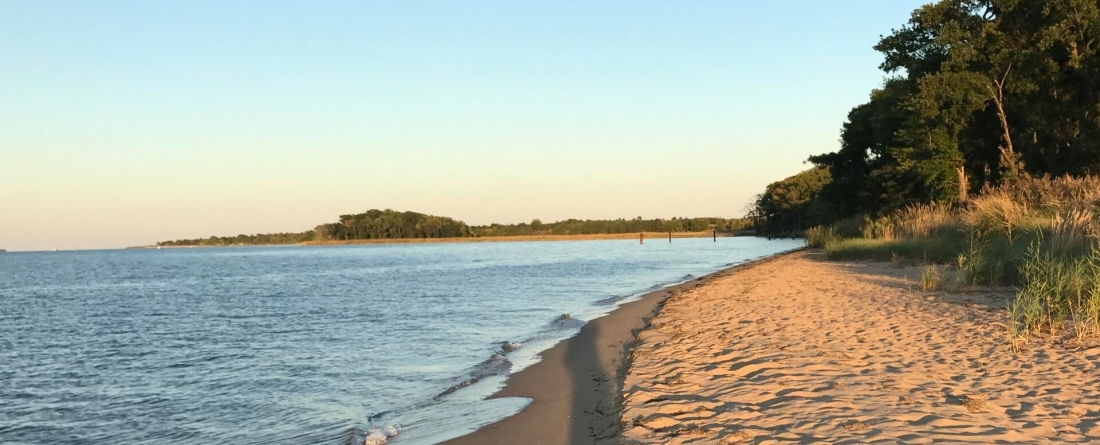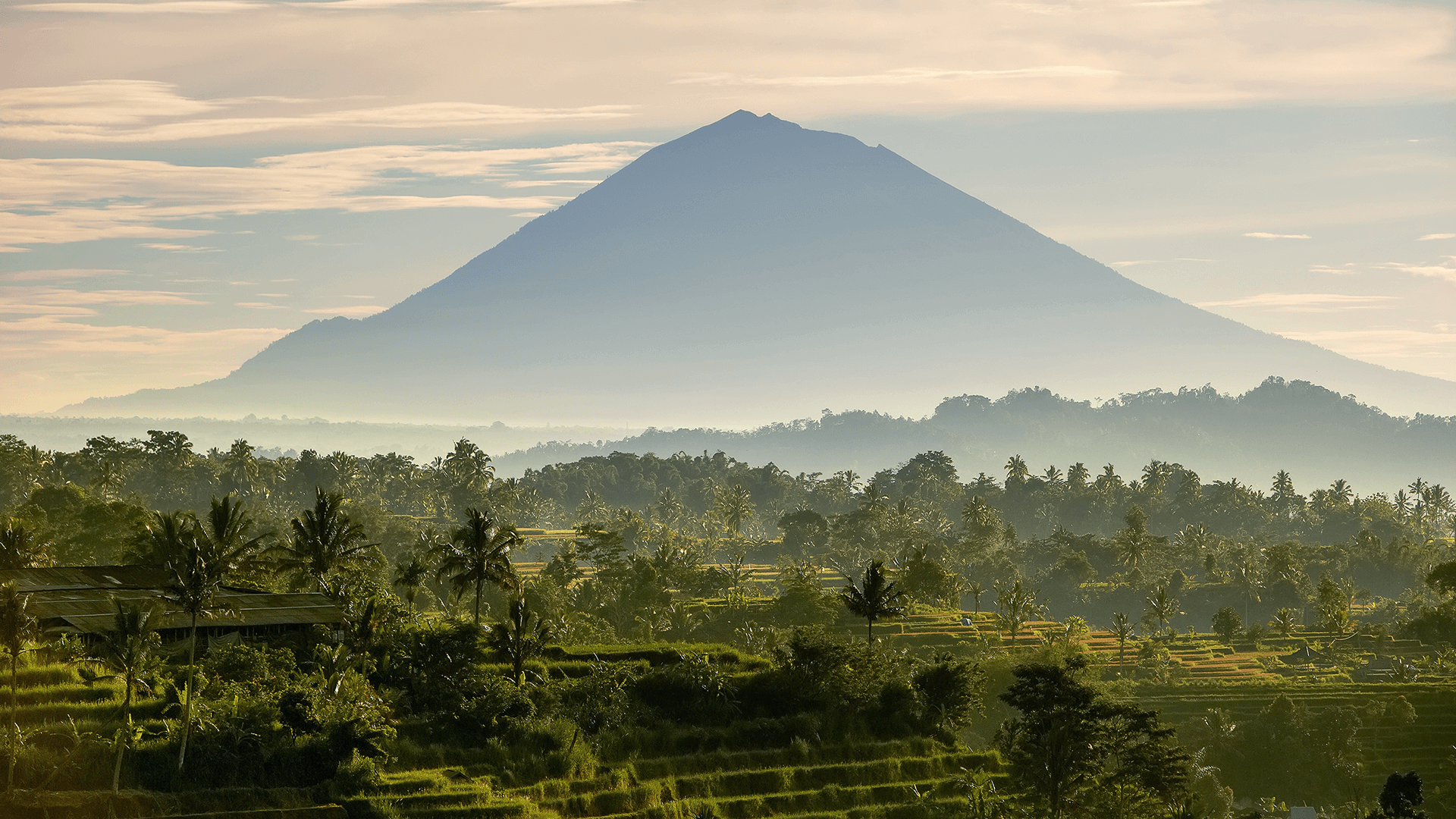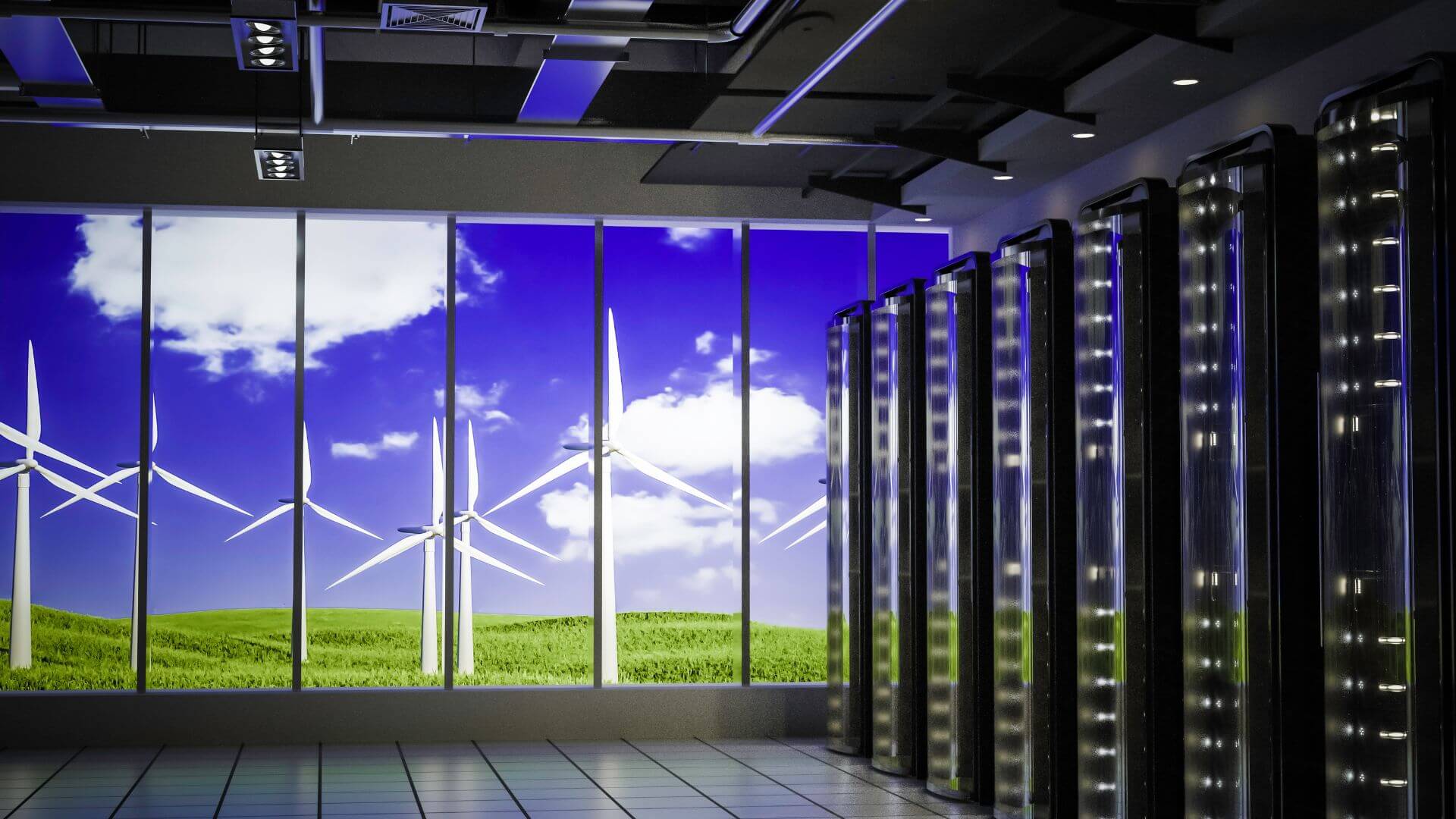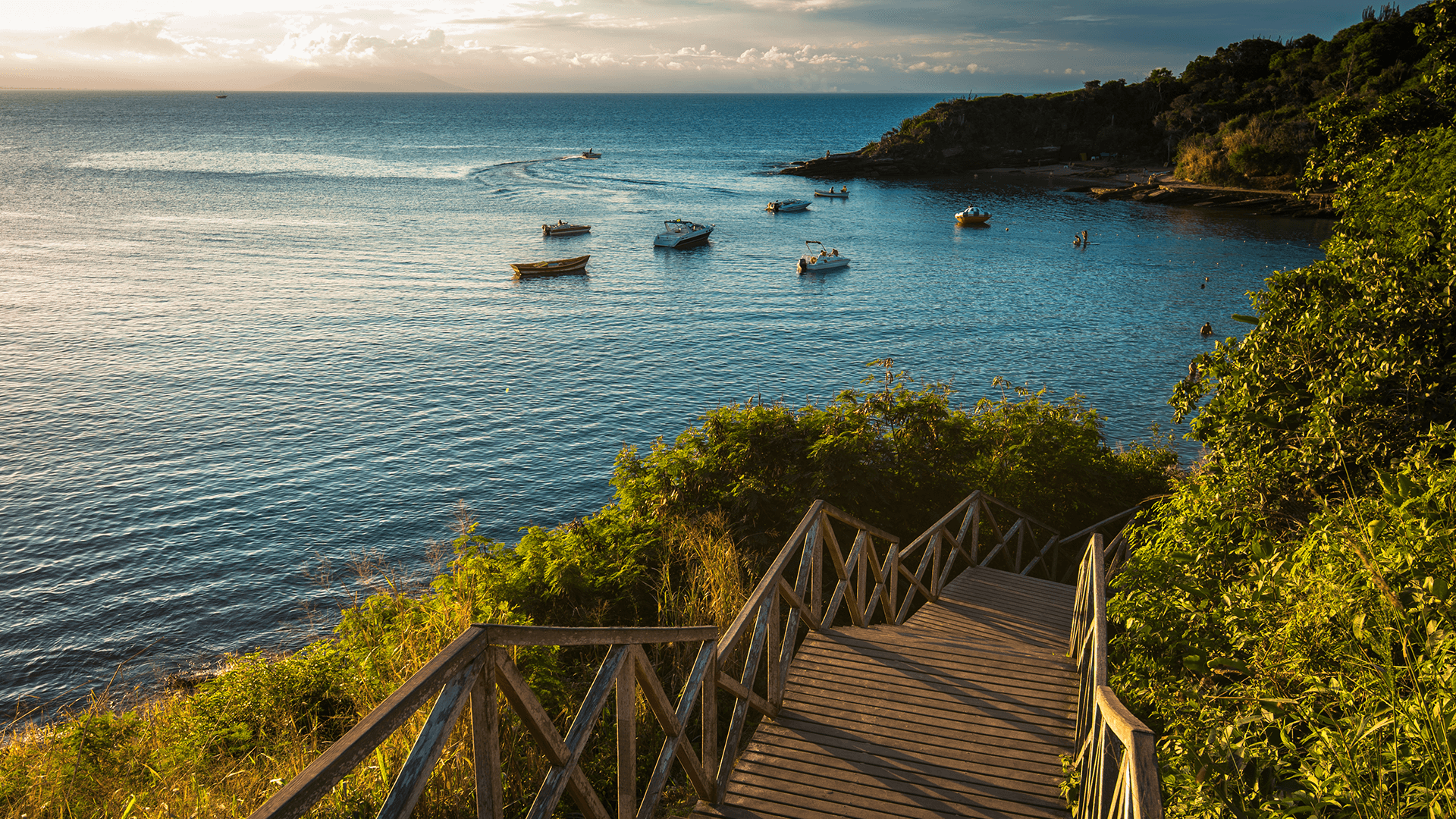
David Tana, Maryland outreach manager for the Chesapeake Bay Foundation, visited campus in October to speak to University of Maryland students about the Chesapeake Bay and how students can help protect it. Tana visited campus as part of the Do Good Accelerator’s Lunch with Leader’s program to encourage students to deepen their understanding about social issues and enable students to think of new and innovative approaches to solve today’s pressing challenges.
During this event, Tana shared insights into the number of threats facing the bay that are impacting its health. The biggest issues, however, are what humans are doing on land and not in the water. The Chesapeake Bay watershed includes six states and the District of Columbia, which means more than 18 million people are interacting with the bay every day, in numerous ways. A great deal of resources are required to sustain 18 million residents, including developing new residential and commercial areas and growing food to feed people and animals. Unfortunately, these necessary resources are also creating unhealthy side-effects for the bay.
According to Tana, there were enough trees between Maine and Florida that an animal could realistically travel the length of the east coast without touching the ground. These trees did more than just provide habitats and means of travel, though. These trees would filter water before it reached tributaries and other bodies of water, preventing many harmful substances from entering the waterway. However, new housing and commercial developments with few trees and a lot of impermeable surfaces are causing water to pick up and hold onto whatever pollutants it finds as it makes its way into larger bodies of water.
Agriculture run-off is another large contributor to the pollution of the bay. Although agricultural land can act as a filter for water, studies show animal waste and pesticides used on farms produce nitrogen and phosphorus, two nutrients that promote the growth of algae. When too much algae grows, it blocks sunlight, which prevents underwater grasses from growing, and takes oxygen out of the water, which makes it impossible for animals and plants to live in that area.
The good news? According to the Chesapeake Bay Foundation, there are plenty of ways we can act now to save the bay:
- Volunteer. The Chesapeake Bay Foundation has plenty of volunteer opportunities, including spending time at Claggett Farm, where you can work in exchange for fresh produce. There are also opportunities to volunteer with Terp Farm, UMD’s very own sustainable farming operation.
- Buy Local and Organic. Buying local and organic not only helps farmers around Maryland and cuts down on your carbon footprint, but also supports farmers that use bay friendly practices. Like Tana says, you can “vote with your dollars” to show your support for local and organic produce. Visit the Farmers Market at Tawes Plaza or the Downtown College Park Farmers Market.
- Stay Connected. By joining a group on campus that promotes sustainability, like SustainableUMD, and keeping up with groups like the Chesapeake Bay Foundation on social media, you can be aware of important policy changes and issues that are immediately impacting the bay.
Are you interested in attending a Lunch with Leaders discussion? Learn more and register for the next event, here.



